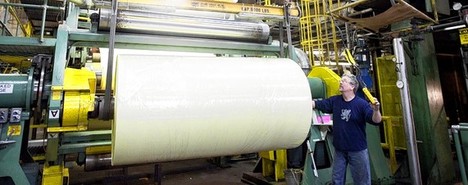(p. A22) Smarter computing technology, experts say, ought to make the most skilled workers — in science, the arts and business — even more productive and prosperous by freeing them from routine tasks. Their prosperity translates to spending that creates jobs in stores, schools, gyms, construction and elsewhere.
Artificial intelligence, experts say, should also generate new jobs even as it displaces others. The smart machines of the future will need programming, servicing and upgrading — work done, perhaps, by a new class of digital technicians. The intelligent machines, experts add, will be specialists in a field, like the medical assistant project at Microsoft. They must be tailored with specialized software, perhaps igniting a new industry for artificial intelligence applications.
Of course, no one really knows just what artificial intelligence will mean for jobs and the economy, but the technology is marching ahead. “Its potential is far greater than simply substituting technology for human labor,” said Erik Brynjolfsson, an economist at the M.I.T Sloan School of Management.
For the full story, see:
STEVE LOHR. “Jobs Created and Displaced.” The New York Times (Fri., June 25, 2010): A22.
(Note: the date of the online version of the article was June 24, 2010.)





